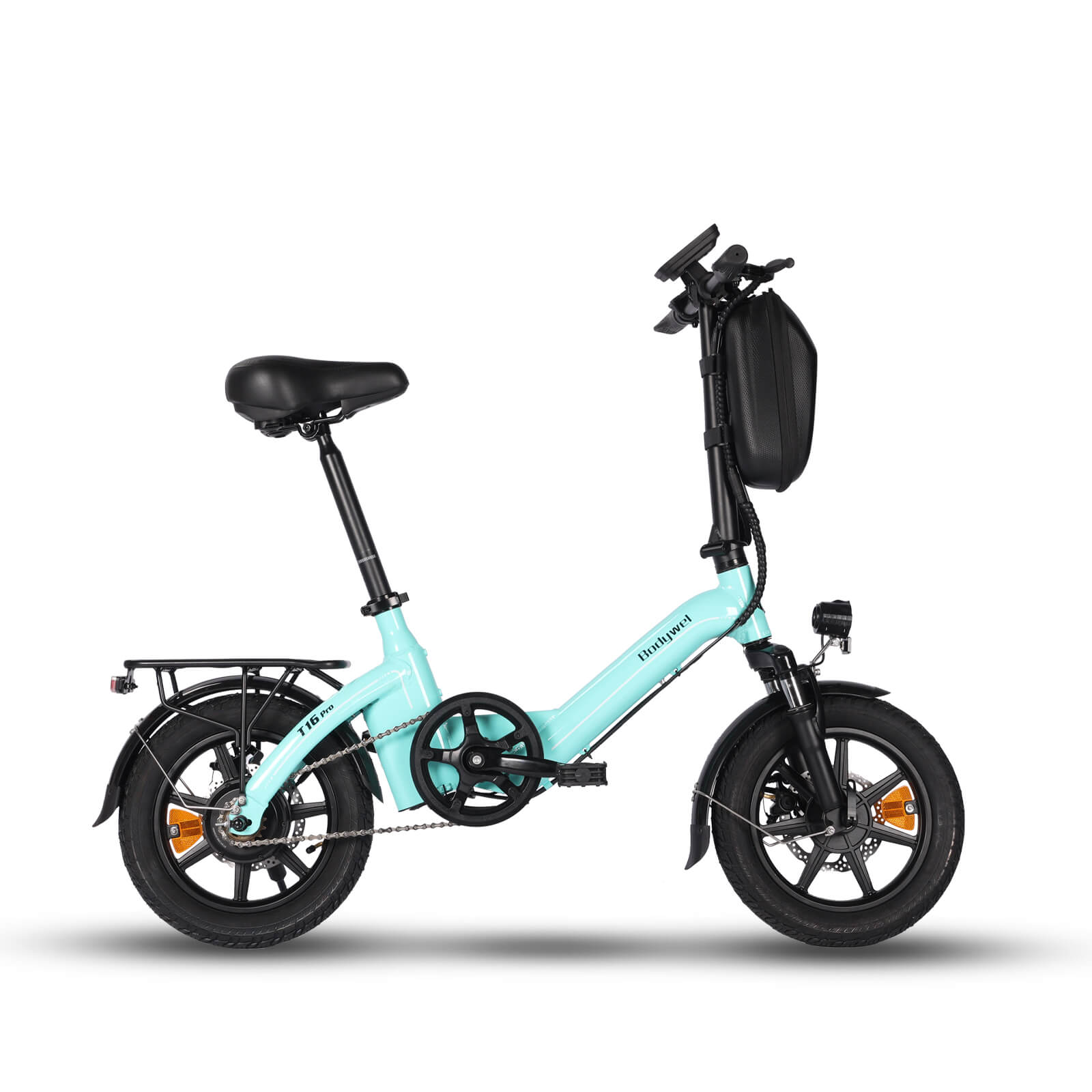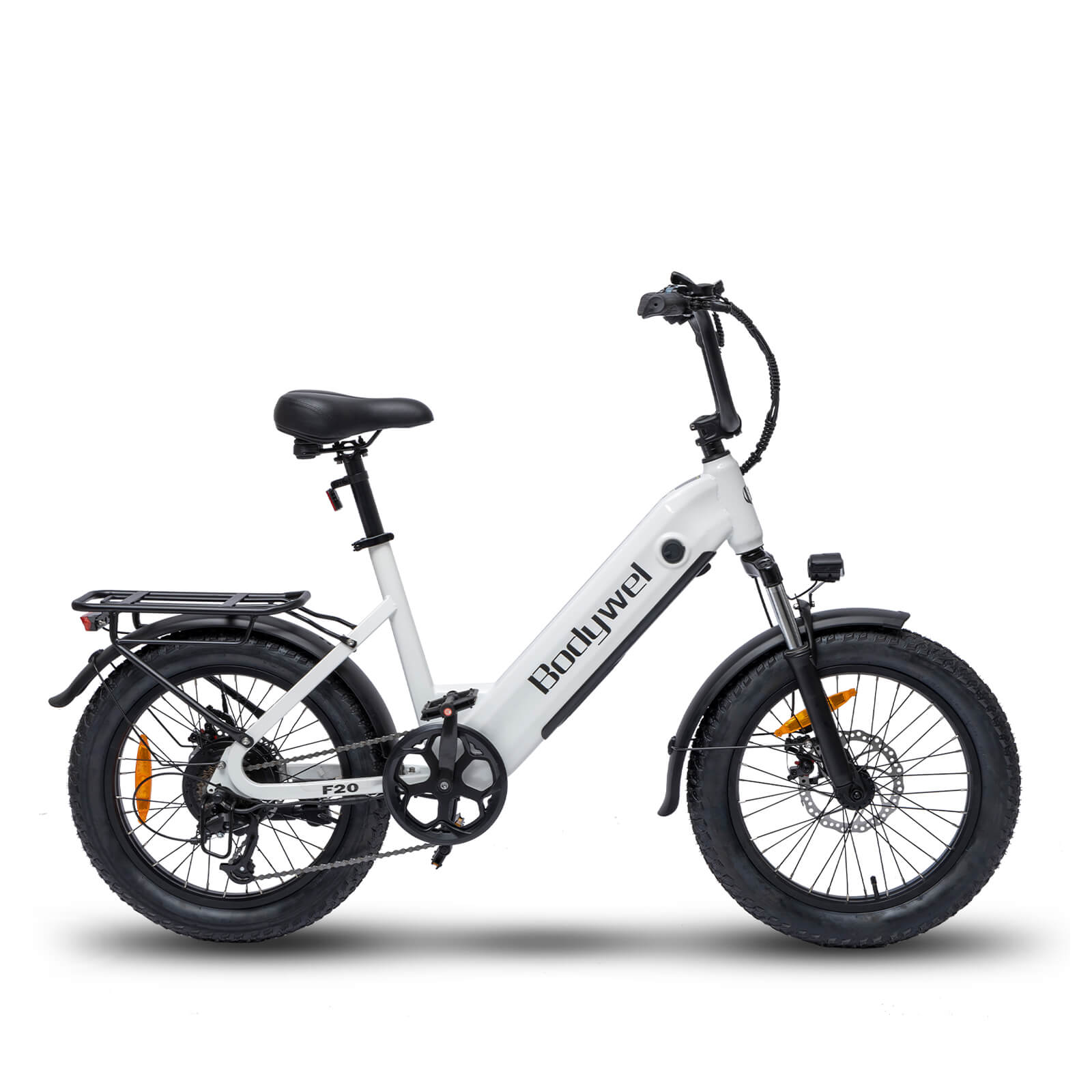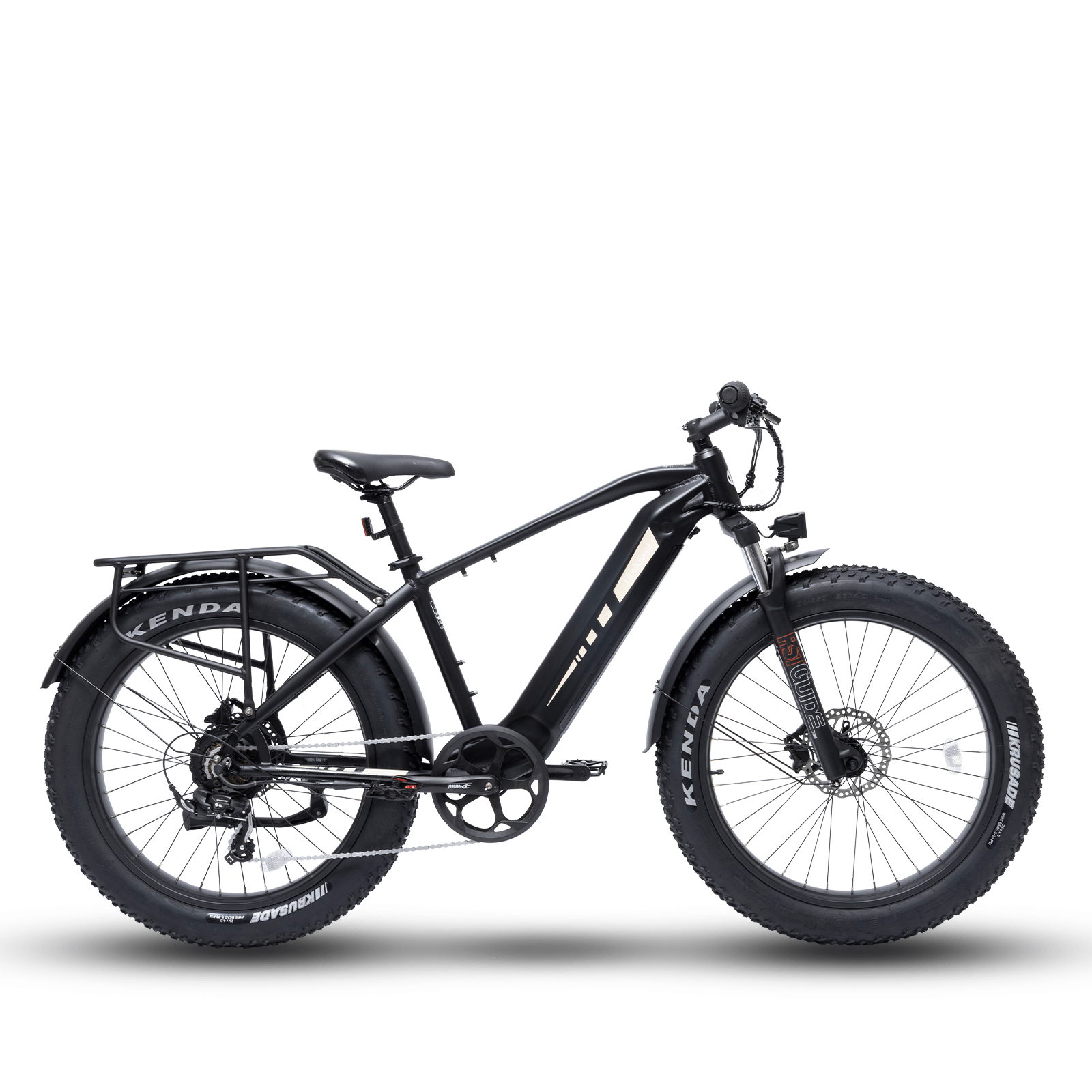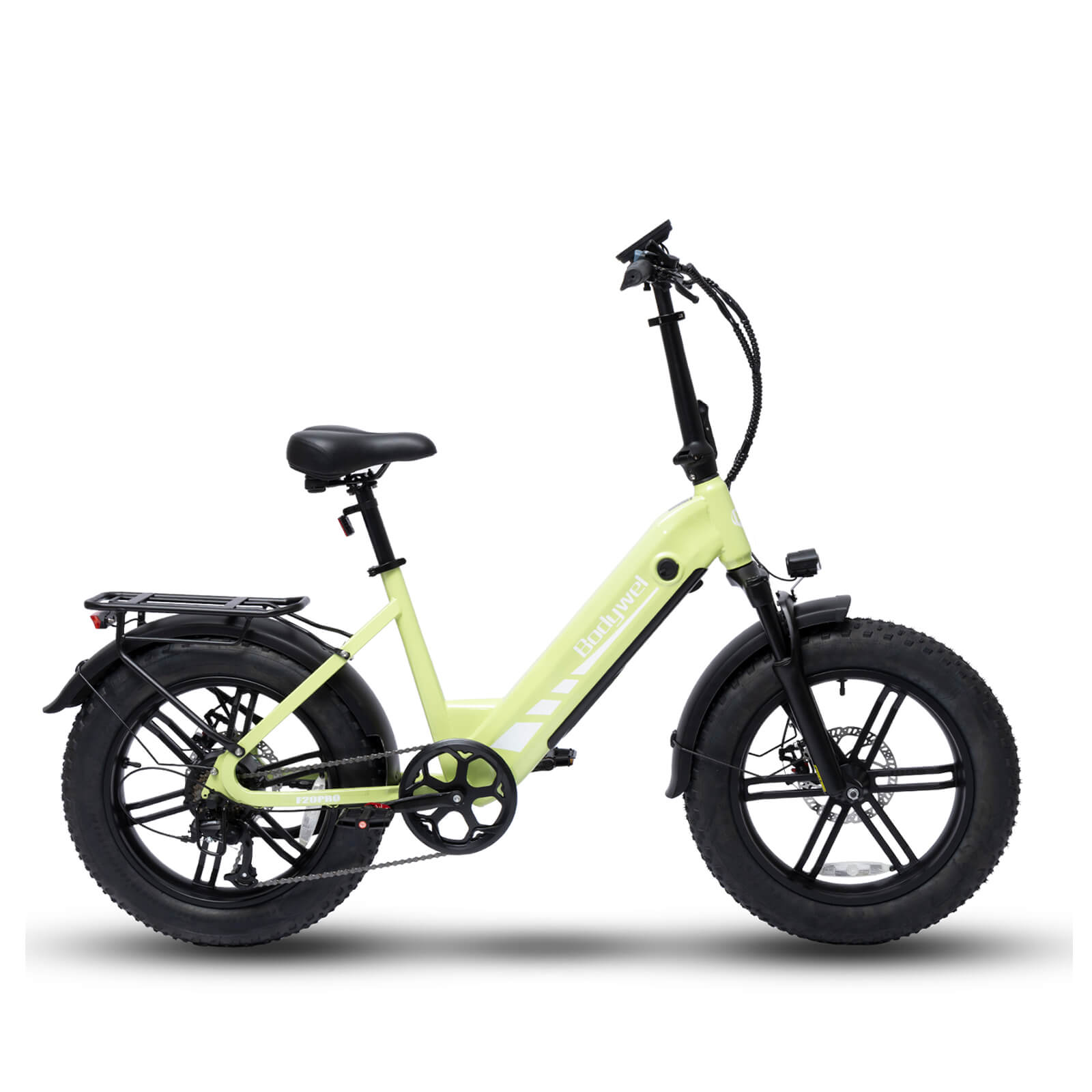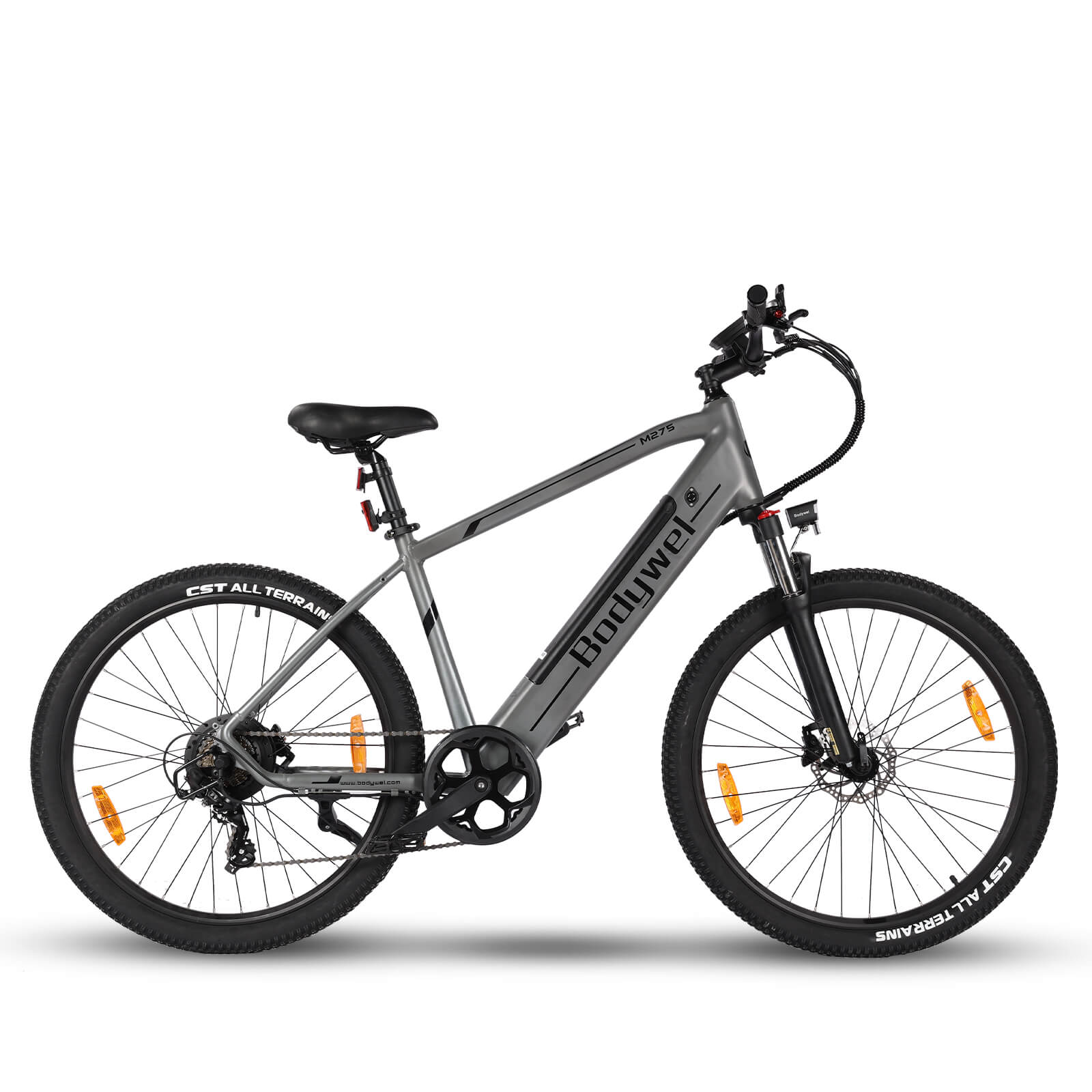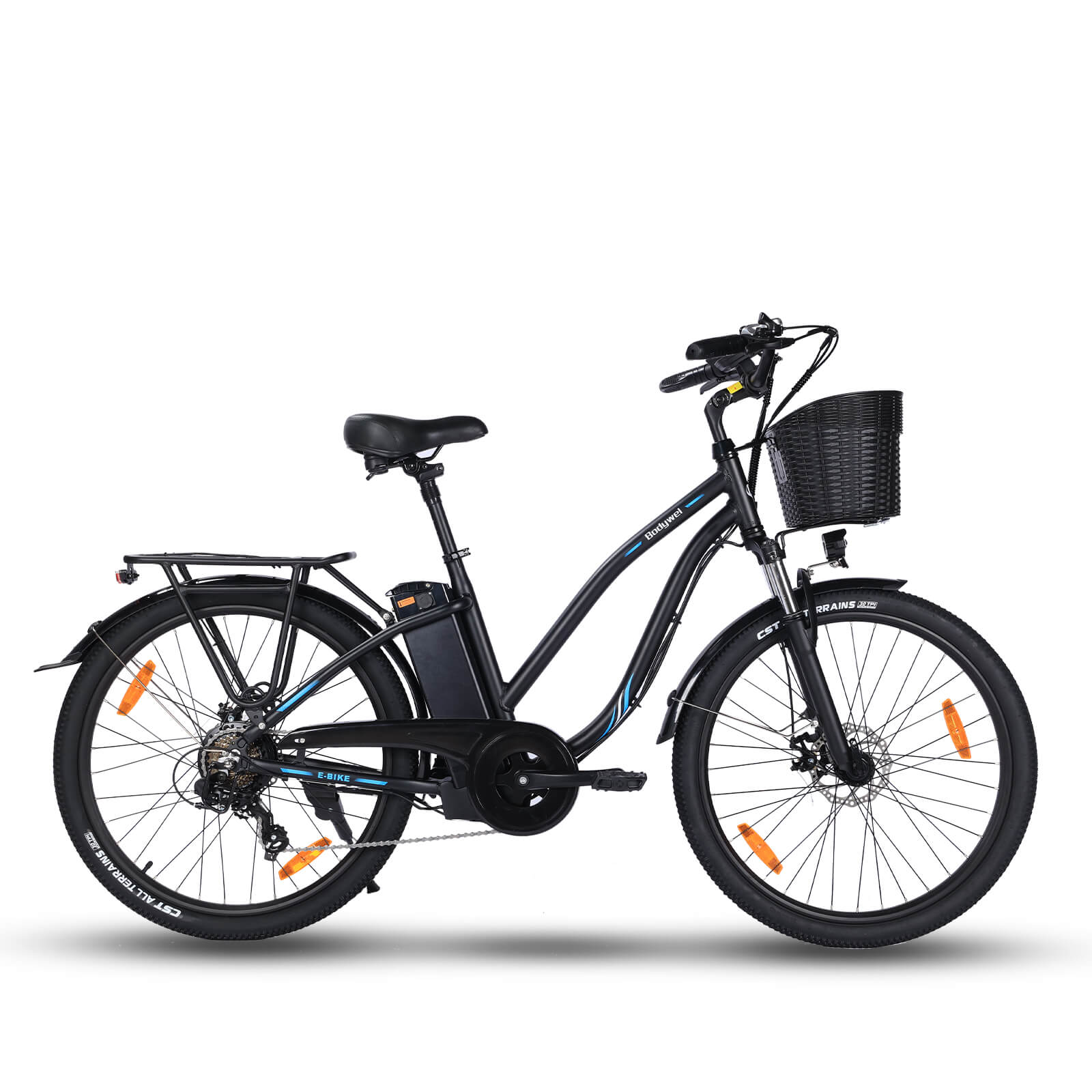Step-by-Step Guide to Build Your Perfect E-Bike in 2024

Building your own e-bike offers unparalleled customization and cost efficiency. This guide provides a structured approach to selecting components, assembling your electric bicycle, and optimizing performance for 2024 models.
Essential Components and Assembly Tips for Your DIY E-Bike Project
Constructing an electric bicycle requires careful selection of core components. The motor, battery, controller, and frame compatibility determine your e-bike's efficiency and durability. Mid-drive motors offer balanced torque for hilly terrains, while hub motors simplify installation for urban commuting.
Motor Selection
Choose between geared hub motors (lightweight, ideal for flats) or direct-drive hubs (higher speed, regenerative braking). For off-road electric bikes, mid-drive systems like the Bafang BBSHD provide optimal power transfer through the drivetrain.
Battery Options
Lithium-ion batteries (48V-52V) deliver the best energy density. Consider removable packs for easy charging. Samsung or Panasonic cells ensure longevity, with 10Ah-20Ah capacities balancing range and weight.
Step-by-Step Assembly Process
Begin by mounting the motor to your bicycle frame, ensuring proper alignment. Connect the controller to the motor and battery, then install the throttle/display. Use torque arms for hub motors to prevent axle rotation. Waterproof all connections with heat-shrink tubing.
Performance Optimization and Safety Checks
Calibrate your pedal-assist sensor for seamless power delivery. Test brake cut-off switches and torque settings before riding. Regularly inspect wiring integrity and battery charge cycles to maintain peak performance for your custom-built e-bike.
0 comments




